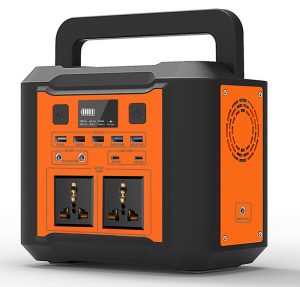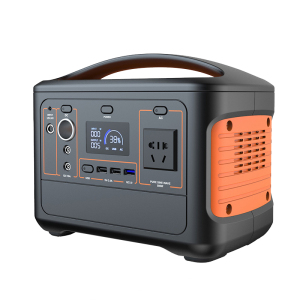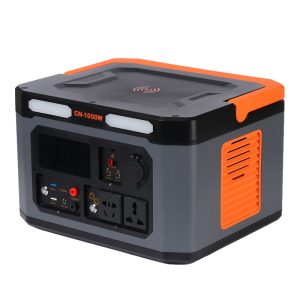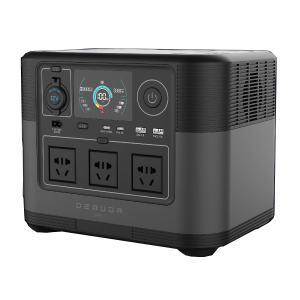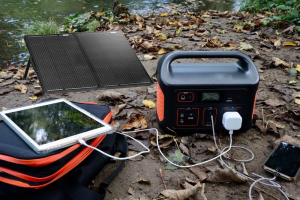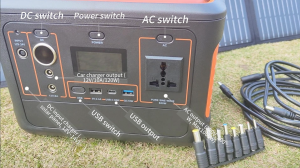More
Maximizing Power and Durability: Understanding the Lifespan of Lithium-Ion Batteries in Outdoor Portable Power Unit
Maximizing Power and Durability: Understanding the Lifespan of Lithium-Ion Batteries in Outdoor Portable Power Unit
Introduction:
Outdoor portable power stations have revolutionized the way we access power during outdoor adventures. These compact and versatile devices rely on advanced lithium-ion battery technology to store and deliver electrical energy. As users, it is important to understand the lifespan of lithium-ion batteries in outdoor portable power stations to optimize their performance and longevity. In this blog post, we will explore the factors that influence the lifespan of lithium-ion batteries and provide tips on how to extend their lifespan for prolonged use in outdoor settings.
Understanding the Lifespan of Lithium-Ion Batteries:
Lithium-ion batteries are known for their high energy density, lightweight design, and rechargeable nature. However, like any other battery technology, they have a finite lifespan influenced by various factors:
-
Charge Cycles: The lifespan of a lithium-ion battery is often measured in charge cycles, which refer to the process of discharging and recharging the battery from 0% to 100%. A charge cycle is not necessarily a single full discharge and recharge; it can be a combination of partial discharges.
-
Depth of Discharge (DoD): The depth of discharge refers to the amount of battery capacity used before recharging. Lithium-ion batteries generally have a longer lifespan when operated within a shallower depth of discharge. Keeping the battery charge level between 20% and 80% can help extend its lifespan.
-
Temperature: Extreme temperatures, both hot and cold, can affect the performance and lifespan of lithium-ion batteries. High temperatures accelerate battery degradation, while low temperatures can temporarily reduce their capacity. Operating the power station within the recommended temperature range ensures optimal battery performance and longevity.
-
Storage Conditions: If you store your outdoor portable power station for extended periods, it is important to keep it in a cool, dry place. Ideally, the battery should be stored with a charge level between 20% and 80% to minimize self-discharge and maintain optimal health.
Tips to Extend the Lifespan of Lithium-Ion Batteries:
-
Avoid Deep Discharges: Minimize deep discharges whenever possible and try to keep the battery charge level above 20%. Regularly recharging the battery helps maintain its capacity and extends its overall lifespan.
-
Moderate Temperature: Protect the power station from extreme temperature conditions. Avoid exposing it to direct sunlight or extreme heat sources. Similarly, prevent it from freezing in very cold conditions.
-
Use the Right Charger: Always use the charger provided by the manufacturer or a reputable third-party charger recommended for your power station. Using incompatible chargers can damage the battery and reduce its lifespan.
-
Regular Maintenance: Periodically check the power station’s battery health through the manufacturer’s recommended methods, such as built-in battery health indicators or companion apps. This allows you to monitor its performance and take necessary steps to maintain optimal battery health.
Conclusion:
Understanding the lifespan of lithium-ion batteries in outdoor portable power stations is essential for maximizing their power and durability. By following proper charging practices, avoiding deep discharges, maintaining moderate temperatures, and adhering to recommended storage conditions, you can extend the lifespan of your lithium-ion battery and ensure reliable performance throughout your outdoor adventures. Remember to refer to the manufacturer’s guidelines for specific instructions on maintaining and caring for the battery in your power station. With proper care and attention, your outdoor portable power station’s lithium-ion battery will provide you with the power you need to stay connected and energized on your outdoor journeys for years to come.


